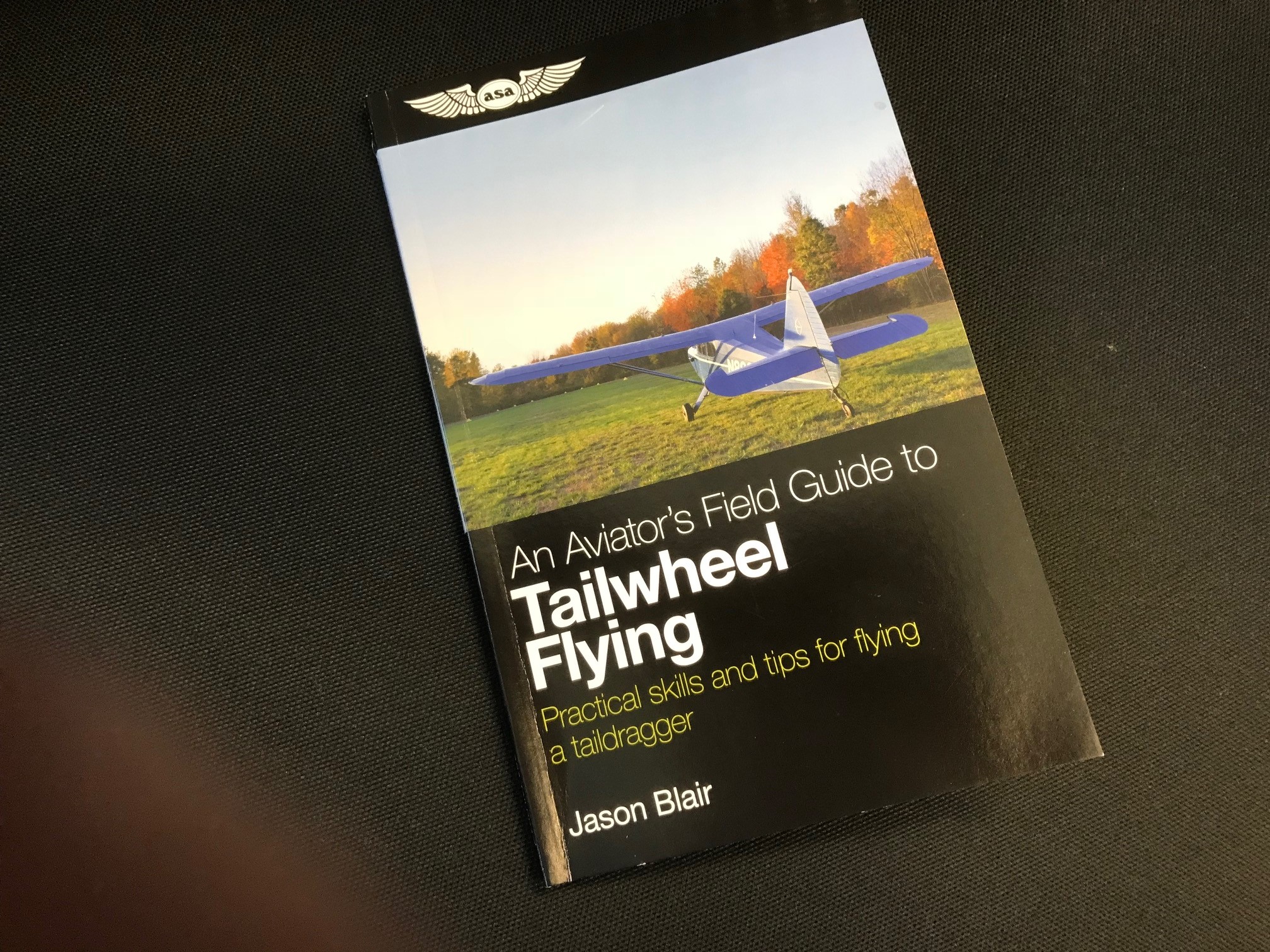'An aviator's field guide to tailwheel flying'
Tailwheel flying is a challenging and rewarding next step for pilots who learned to fly in tricycle-gear aircraft—one that will cement stick-and-rudder technique, if it was not drummed into them during primary training.
An Aviator’s Field Guide to Tailwheel Flying is a quick yet thorough take on the topic by Designated Pilot Examiner Jason Blair. Published by ASA, the 84-page guide combines practical tips with Blair’s own experiences—some rather humbling—in taildraggers.
No book by itself is going to make you a competent tailwheel pilot, and Blair knows that. His guide is intended to help you consider all the aspects of conventional-gear aircraft, not just the mechanics of handling one on the ground or the various types of landings—though ample discussion is devoted to those important topics.
For example, the first chapter discusses finding a competent tailwheel instructor—and acknowledges that someone who is endorsed to fly a taildragger may not be a good fit for other reasons. Blair suggests working with an instructor who has time in the type of airplane you plan to fly after getting the endorsement, noting the differences between a Citabria and a Cessna 170.
Other chapters delve into electrical systems or the absence of them, which means the pilot needs to thoroughly understand hand-propping, crosswind operations, ground loops, and the three types of tailwheel landings. Interestingly, Blair also contrasts different types of tailwheel aircraft, defining what narrow or wide gear, and toe or heel brakes, or tandem or side-by-side seating mean for the novice taildragger pilot.
An Aviator’s Field Guide to Tailwheel Flying would be a good choice for the new tailwheel student as well as someone who is thinking of purchasing a taildragger.





